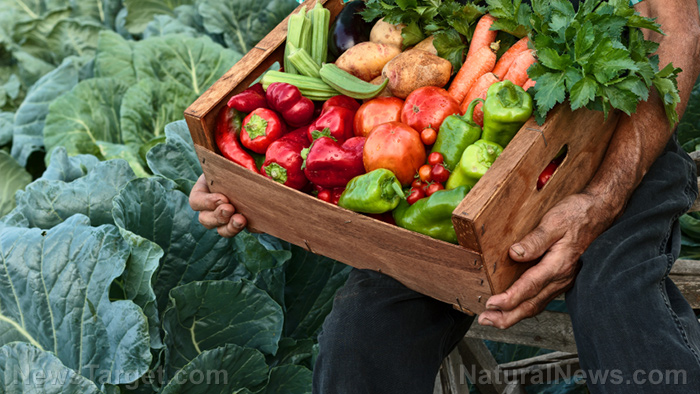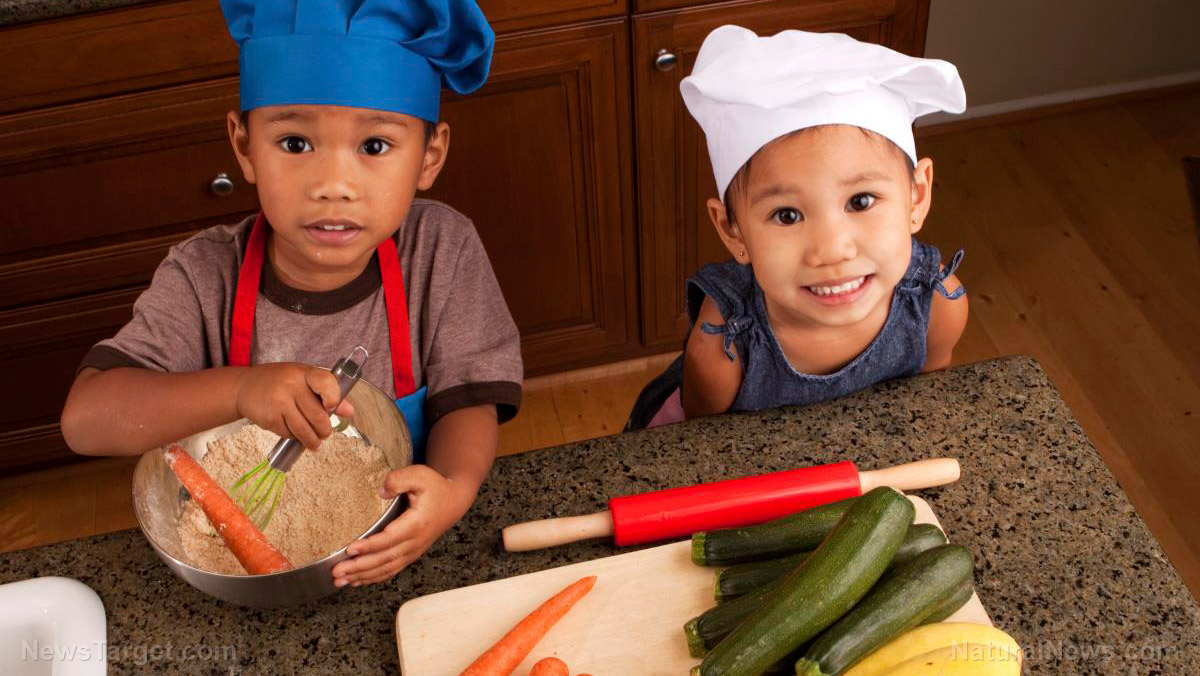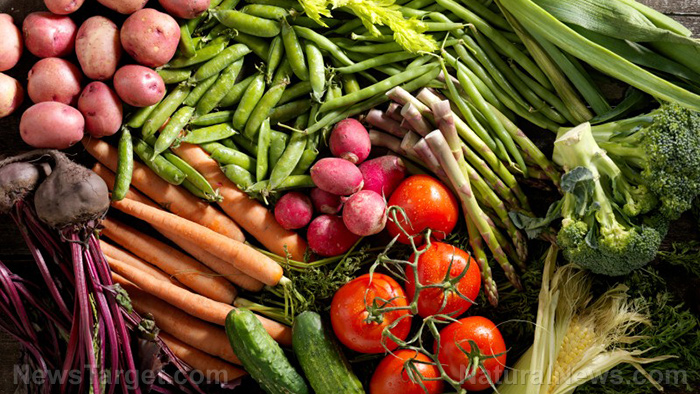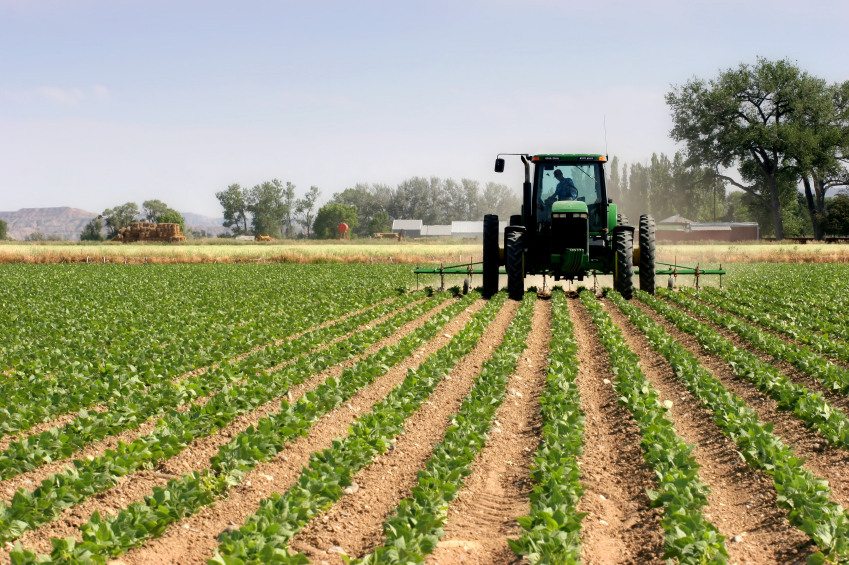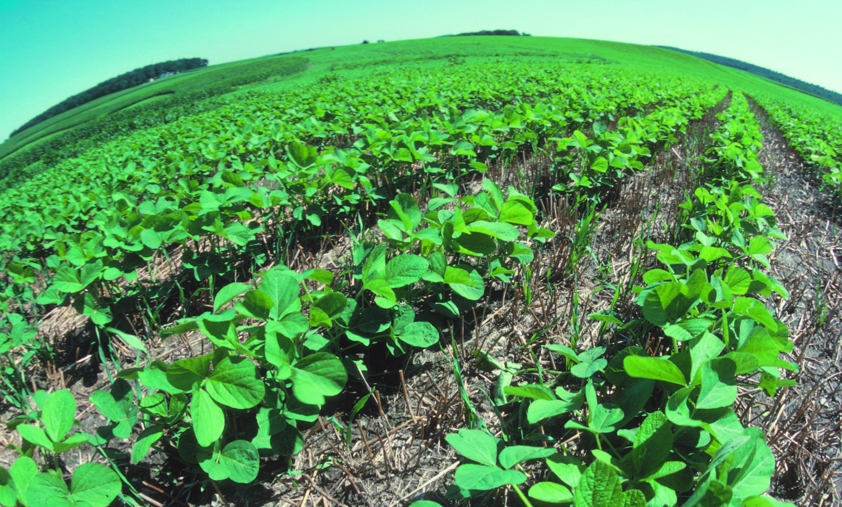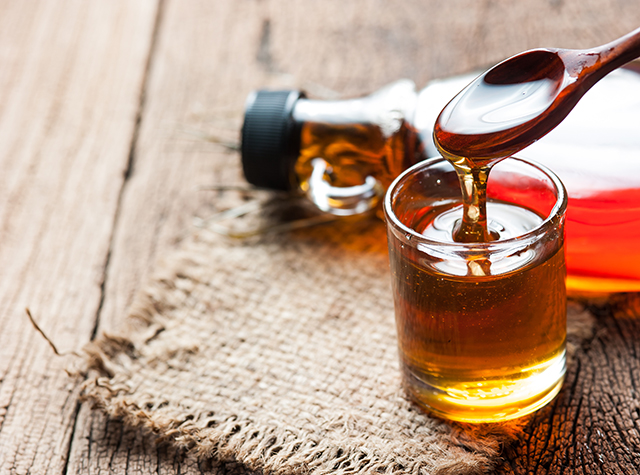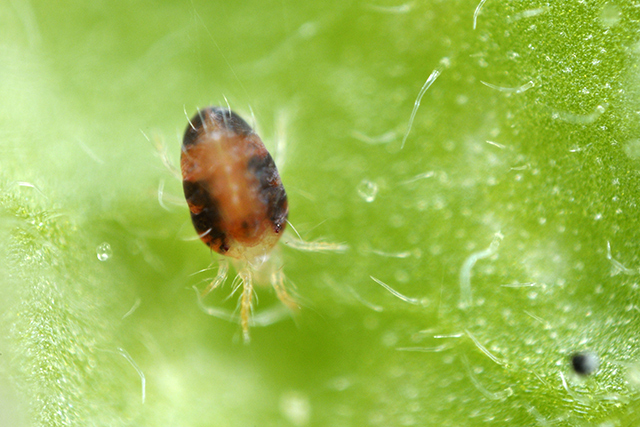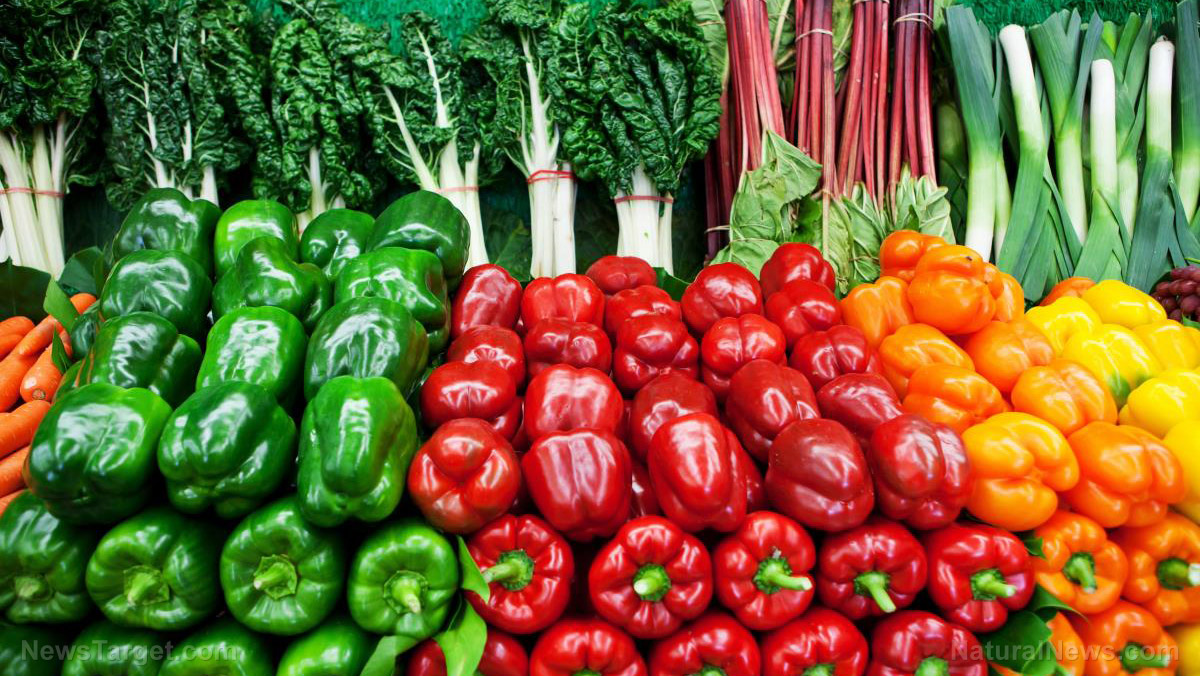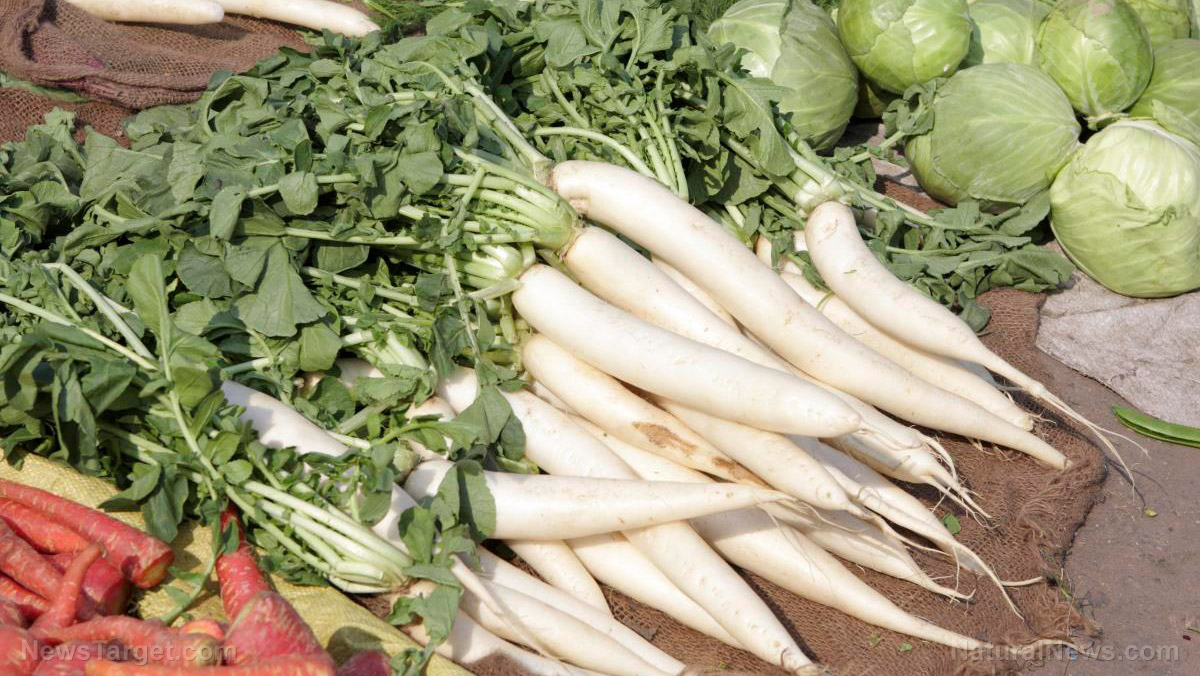The challenges of achieving food independence in Hawaii
07/01/2018 / By David Williams
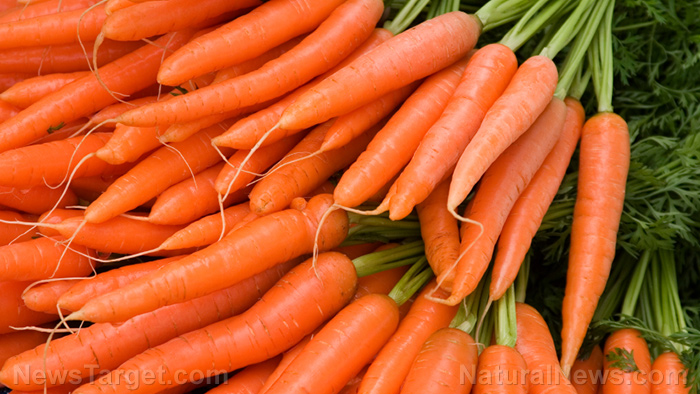
Food independence is a hot topic, and rightly so. While it has a huge potential upside, at this point in time, it also requires many changes in infrastructure, not to mention all the work that it will inevitably require. Still, that has not stopped people from exploring the idea and looking for ways to possibly grasp it.
The natives in the island of Hawaii, who were said to be completely food independent in the past, recently entertained the notion of food independence. In fact, they had a wide-ranging discussion on the subject, thanks to a report and presentation on it by the Cross-roads Resource Center President, Ken Meter.
Meter’s talk was titled, “Growing Secure Food Systems in Hawai’i,” and focused on how Hawaii island natives, prior to coming into contact with Europeans, were food independent. That was over a century ago, and since then, food production in the island nation has been in a downward spiral.
According to Meter, the rapid decline in food production in Hawaii happened from about the 1940s onward. Even as recently as the mid-1960s, the island was producing about half of the food consumed by its citizens. Now, this is no longer the case. Today, even though there are still many food products produced in Hawaii, such as fruits, nuts, eggs, vegetables, meat, and fish, about half of them go unconsumed. And worse, the island barely consumes its own grains.
Effects of the change
According to Meter, the problem that started it all – the island’s reliance on food products that were produced in the mainland – is the existence of early farm subsidies that were offered to farmers a long time ago. What this did was enable plantations to own large amounts of land, then they restricted the sale of it. After the plantations brought in workers, subsidies were then needed for low-income housing for them. This led to housing debt and, eventually, the need for so-called Supplemental Nutrition Assistance Program services.
In Hawaii’s current status, one out of every four people is low-income. And the system where its citizens buy food instead of growing their own does not help the impoverished to climb financially, according to Meter. “I really do think this is the place we learn about how to do economic development in a way we might have not thought about,” he said.
Meter concluded that a coordinated, well-planned path would be necessary to focus greater attention on where the island’s food is coming from. In his report, he identified a few keys to improving food independence.
How to reclaim food independence
According to Meter, the first order of business should be to develop viable strategies to recover essential plant nutrients from the human waste stream, so they could reduce dependence on imported fertilizers. After all, if they are going to start relying on themselves where farming is concerned, then they could first stop using imported fertilizers on crops.
Second, Meter said there is a need to design novel controlled-release and extender fertilizers, just like the ones that are based on colloidal ion exchangers. This is for more efficient nutrient delivery in the humid tropics.
Third, state and federal professionals in agronomy and horticulture should be encouraged and facilitated to begin working on germplasm evaluation that includes parameters for pest-disease resistance and crop nutrient use efficiency.
Fourth, there should be an improvement in opportunities for people interested in becoming farmers in training for commercial scale farming practices.
And finally, educating the people is of utmost importance regarding the many different facets of successful rural entrepreneurship.
Visit Harvest.news today to learn more about farming and food independence.
Sources include:
Tagged Under: agriculture, farming, food, food freedom, food independence, Hawaii, island, island life, organics, self sufficiency, self-sufficient, sustainable living

